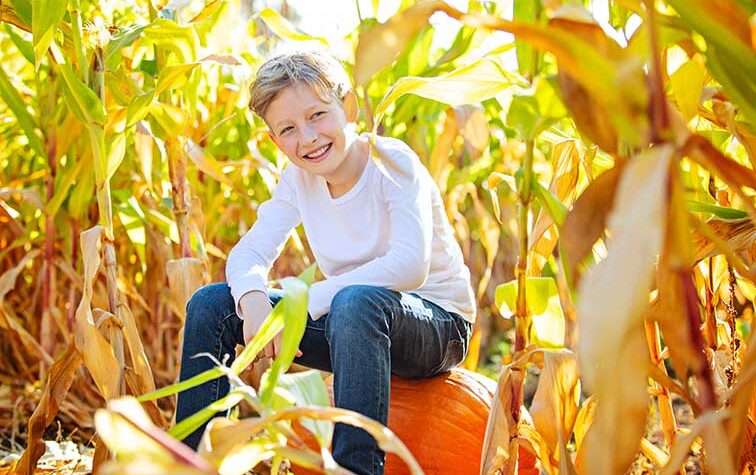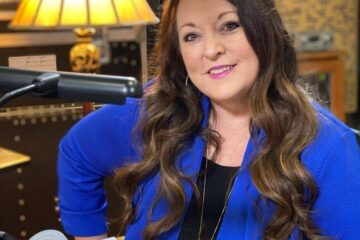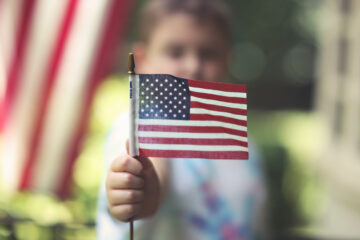Angela Abraham stated it best when she described autumn as “…our garland, the grand finale of a successful season. It is the parade we cherish, a grand dance of the foliage that came to brighten our days. It is the time of seeds bequeathed to the soils, of that which takes flight from branch to earth to become new earth itself. It is the gift of the old to the new, supporting, enriching, bringing health as is the natural way of life.” Experiencing autumn, with a special needs child, can be a wonderful and memorable experience.
A child can be diagnosed with “special needs” if he or she has a physical, mental or intellectual disability. A special needs child is one who has been determined to require special attention and specific necessities that other children do not. The state may declare this status for the purpose of offering benefits and assistance for the child’s well-being and growth.
Fall Activities for Kids with Special Needs
Special needs should not exclude a child from participating in fun events, such as fall festivals, pumpkin patch activities, hayrides, and much more. These events may need to be transformed to fit the child’s needs. For example, John is an eight-year-old boy living with Down’s Syndrome. He is a happy boy but can be frightened easily by things he is not used to seeing or experiencing. John’s mom, Susie, enjoys taking John to the local pumpkin patch, picking out just the right pumpkin to take home and carve. Sometimes, there are people dressed as scarecrows that walk through the crowd. Most kids like the scarecrows, but not John. He is scared by them. Susie works around this by calling ahead and seeing when a time is available when the scarecrows will not be present. She also makes the day even more special by taking John on a picnic lunch.
Jason is a young man, 22 years old, with Cerebral Palsy. His dad, Mike, likes to take Jason to the lake to go on boat rides and see the beautiful fall colors. As Jason has grown, Mike now has trouble transporting Jason by himself. Mike has a nonmedical caregiver accompany them on their boat rides. The caregiver helps transfer Jason from the car to the boat and also is there to give Mike any assistance that he may need.
Mabel and Gunther are both 82 years old. They have a daughter, Elaine, with mental health issues. Elaine is paranoid, has PTSD, and hallucinates. Mabel and Gunther want to take Elaine on a fall color cruise to Vermont in October. They have learned, over the years, that with the help of Elaine’s counselor and having a nonmedical caregiver accompany them on the trip, they all can have a wonderful time.
Each of these families are experiencing different issues related to their children who are living with special needs. The one thing each family has in common is they have opened a third-party special needs trust for their family member. Each child has a special needs trust that is funded with monetary gifts for their sole use. Other family members and friends have been able to add financial gifts to the trusts.
Each family uses the third-party special needs trust to pay for items or services, for their child. The trust can reimburse Susie for the entrance fee to the pumpkin patch and John’s lunch. Mike uses Jason’s trust to pay for the nonmedical caregiver to accompany them on the boat trips. Mabel and Gunther use Elaine’s trust to pay for her counseling, clothes for the cruise, and the nonmedical caregiver. All families have peace of mind, with the help of a special needs trust, knowing their loved one will be cared for now and after they are gone.
For more information on special needs trusts, please contact the Vista Points office at [email protected] or call 615-758-4660.
Congratulations to Darlene Kemp, MPH, MBA-HCM, as Executive Director of Vista Points – the special needs trusts and resource center –for her thirteen years of service.













